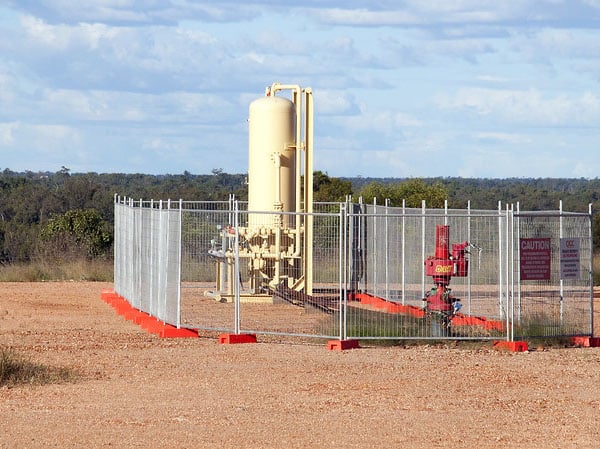Tailings dams have some sort of barrier which is created to prevent downstream flow. The tailings are then discharged hydraulically behind this. Particles settle out at different rates with the coarser material descending most quickly near the discharge point and the finer material travelling further over the low slope, known as the beach, to the decant pond. Layer after layer of tailings is built up by this process. When the limit of the initial barrier is reached then then it must be raised. This can be done by building a higher downstream embankment or, more usually, building this embankment upstream as this reduces the amount that it needs to be raised. Building upstream requires the material below the raised embankment being able to support the additional height.

This entire process is from a geotechnical viewpoint less than ideal. The hydraulic construction of water storage dams was halted decades ago after some spectacular failures but it is a fundamental part of tailings dam operation. The problem with this type of hydraulic construction is that consolidation only occurs through gravitational loading and that because much of the material is fine the rate of pore pressure decline is very slow. The result is frequently a soil mass that is on the edge of static or dynamic liquefaction if the material moves and as a consequence, pore pressures rise due to compaction.
To avoid liquefaction problems, it is highly desirable to have much of a tailings dam on the safe side of the compaction side of the critical state line so that pore pressures do not rise if some shear occurs. This requires some careful design, implementation and monitoring. The key to much of this is proper drainage of the tailings. This may be implemented through drainage pipes, drainage layers, or wick drains. In some cases, some positive means to ensure compaction without causing failure may be desirable. This means implementing compaction through vibrational induced shearing, but on a small enough scale not to induce general failure. For this to work there must be adequate drainage or all that is created is a localised zone of quick soil that settles back, much as it did before vibration.
The monitoring of the dam should include the monitoring of piezometric pressures and movement. The latter can advantageously include the measurement of compaction.
There are thousands of tailings dams in existence. Many of these have been built in a less than optimal manner and their stability needs to be determined. This requires an assessment of what is there. This requires visual inspections and will frequently require testing using piezo cone penetrometers or vane shear equipment. Direct testing for liquefaction potential is also useful.
Once a study has been completed it may be necessary to implement works to raise the factor of safety and reduce the probability of failure. This may require earthworks and improved drainage.
Sigra provide dam inspection, testing, monitoring and analysis services. This capability includes the installation of piezometers that record both fluid pressure and settlement and transmit this information from remote locations.
AIR LIFTED WICK DRAINS
The consolidation of soft soils requires the reduction of pore pressure. The use of wick drains reduces the drainage path and speeds this process. Such drains have the limitation that they cannot lower the pore pressure below hydrostatic. To speed the process and to induce overconsolidation, the process of loading the surface is often undertaken. However, this is an expensive and energy intensive operation.
Sigra presents an efficient alternative. This is the use of wick drains which incorporate internal tubing to permit the operation of air lift pumping. These can be installed as normal wick drains and then connected to a piping network to supply compressed air to each of them. Using air lifting it is possible to lower the pore pressure well below hydrostatic and thus induce overconsolidation. The vertical stress profile reached by this means of consolidation is different from that caused by placing a surcharge on the surface. It has higher vertical stresses at depth. It is therefore particularly suited to the consolidation of existing tailings dams where increasing the resistance to liquefaction at depth is particularly important. The air lift wick drain is not however limited to this application.
The use of air lifted wick drains is generally more energy efficient than the placement and removal of surcharge loads. In areas where there is plenty of sunshine, it can be effectively used in combination with solar power to drive the compressor.

















